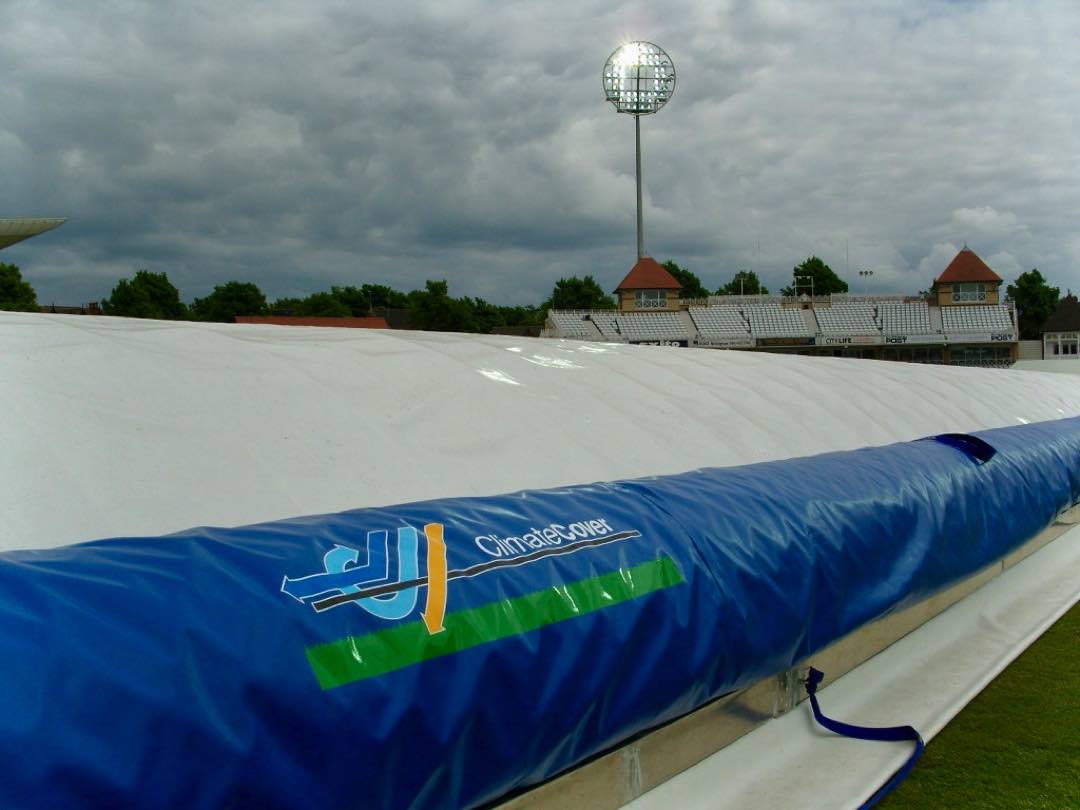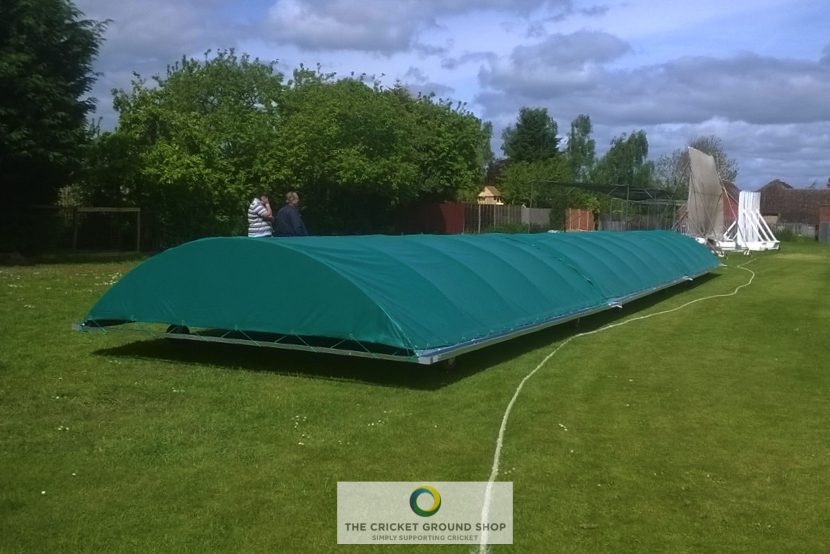
Flooded Natural Turf Cricket Pitches
3rd February 2016
Impact of flooding of natural cricket tables & outfields
Flooded natural turf cricket pitches can be subject to many adverse effects – and not all of them will be visible to the naked eye. In fact, it tends to be the less visible effects of flooded natural turf cricket pitches that can have the most long-term impact.
Here, the major risk is from contaminants – particularly tiny particles of silt that can ‘cap’ off the soil surface; reducing porosity and therefore the drainage of the natural turf cricket table. This inhibits grass growth and, in turn, reduces the durability of the surface. To discover whether silt or pollutants have affected a flooded natural cricket square, it is necessary to pH test the soil once the water has subsided. If an issue is detected, it is likely that the natural cricket pitch will need to be fraize mown, scarified, re-seeded and cultivated to provide the optimum conditions to encourage grass growth, and in some cases – depending on the source of the floodwater – a suitable disinfectant may need to be applied to the site prior to major works commencing.
Both the ECB and Sport England have set aside funds to support clubs affected by flooded natural turf cricket pitches; calling on the advice of playing surface experts not only minimises the risk of the ‘invisible’ effects of flooding being overlooked, but can be of valuable support to funding bids.
For further advice on flooded natural turf cricket pitches, or to arrange for a member of our expert team to visit your site to assess flood damage to natural cricket tables and offer free, impartial funding advice call 01604 864575.
Back to news







